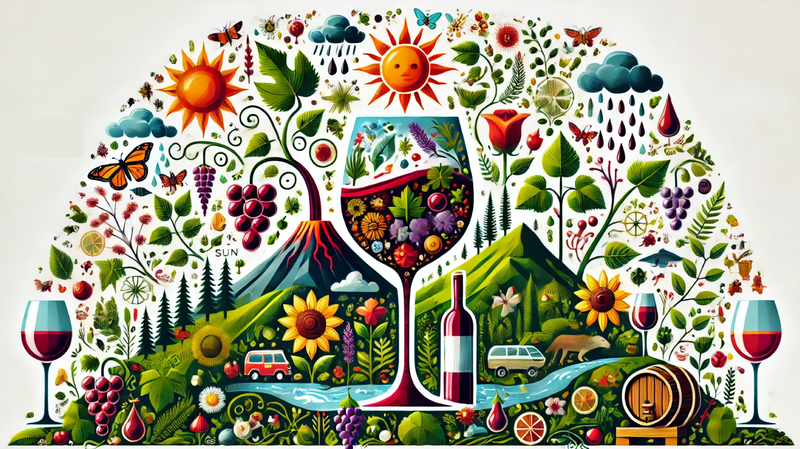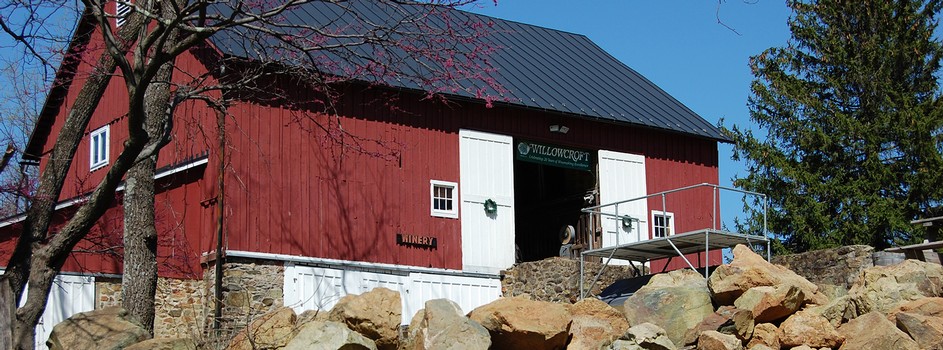Understanding Terroir: The Essence of Wine

Terroir is a term often used in the wine world to describe how a particular region’s climate, soils, and aspect (terrain) influence the taste and character of wine. Some areas are said to possess more ‘terroir’ than others, but what exactly does this mean? Let’s delve into the four traits that make up terroir: climate, geomorphology, soil, and flora and fauna.
Climate
Climate is one of the most significant factors influencing terroir, and it ranges between cool and warm extremes. Cooler climates, with lower temperatures and more rain, produce wines with lower alcohol content and higher acidity. Conversely, warmer climates, with higher temperatures and less rain, yield wines with higher alcohol content, fuller body, and juicier fruit flavors. Variations in daytime and nighttime temperatures, humidity, wind flow, and proximity to the ocean all contribute to a wine region's unique climate.
For example, the Cabernet Sauvignon grown in Bordeaux, Napa Valley, and Australia’s Barossa Valley showcases distinct characteristics due to the differing climates in each region. Bordeaux’s climate lends a balanced and structured profile, Napa Valley’s warmth produces robust and fruity wines, and Barossa’s hot and dry conditions result in bold, earthy flavors.
Geomorphology
Geomorphology refers to the physical features of the land, such as mountains, valleys, rolling hills, rivers, and lakes. Elevation and slope play crucial roles in grape growing, with sunnier, lower elevations offering easier growing conditions than shaded, higher elevations. These features shape the microclimates within a region, further influencing the grapes’ development.
Soil
Soil type is another critical aspect of terroir, with diverse soil compositions like clay, sand, limestone, and volcanic soil affecting water drainage, fertility, and heat retention. Each soil type interacts differently with the vines, contributing to the unique flavor profile of the wine. For instance, the mineral-rich soils of Chablis in France impart a distinct flinty characteristic to its Chardonnay wines.
Flora and Fauna
The plants, trees, and microbes that surround vineyards also shape the grapes' growing conditions and, by extension, the wine's terroir. Microbes such as fungi, bacteria, and yeast create complex interactions in the soil and on the grape surface, influencing the region's biogeographic characteristics. These interactions contribute to the wine's aroma, flavor, and complexity.
How Wines Reflect Their Terroir
Understanding terroir helps us appreciate how it manifests in a wine’s profile, from flavor to alcohol content to texture. Take Sauvignon Blanc from the Loire Valley, for example; it exhibits high acidity and rich fruit flavors due to the cooler climate and alternating days of bright sun and heavy rain. In contrast, Shiraz and Cabernet Sauvignon from Australia’s Barossa Valley are known for their bold, juicy fruits, rich earthiness, and higher alcohol content, attributed to the region’s hot, dry climate and significant temperature fluctuations between day and night.
While winemaking techniques and processes undoubtedly influence a wine’s characteristics, the fundamental physical attributes of a place have the most significant impact. This rich diversity of terroir is a big part of what makes wine so fascinating and keeps us coming back for more.

